The Future of Senior Living: What Boomers and Gen X Really Want
The senior living industry is on the cusp of a major generational shift. As Baby Boomers and Gen Xers begin exploring options for their next chapter, their expectations are reshaping how communities are designed, operated, and marketed. For developers, operators, and investors, understanding these evolving priorities is critical to creating communities that will remain competitive and desirable for years to come.
Lifestyle-Driven Design
Boomers and Gen X are seeking senior living communities that reflect an active, purposeful lifestyle, not a healthcare institution. They want environments that feel like a lifestyle upgrade—full of energy, choice, and opportunity—where wellness and connection are seamlessly integrated into daily life. Spaces like hospitality-inspired lounges, flexible dining venues, fitness centers, and outdoor gathering areas resonate strongly with this generation.
Boomers often value resort-style amenities and social engagement, while Gen X leans toward smaller, modern, boutique-style spaces with flexible programming that allows for both connection and privacy. Designing around lifestyle first, while ensuring discreet and accessible care when needed, creates communities that stand apart
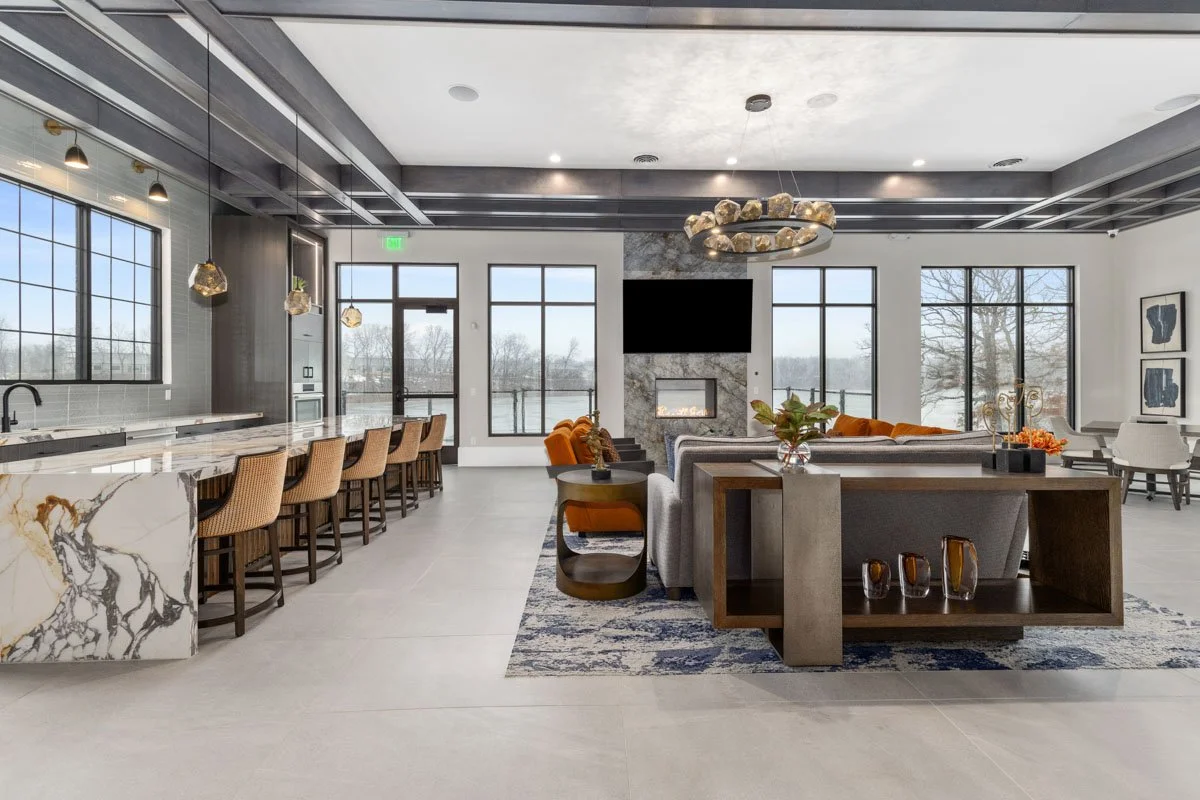

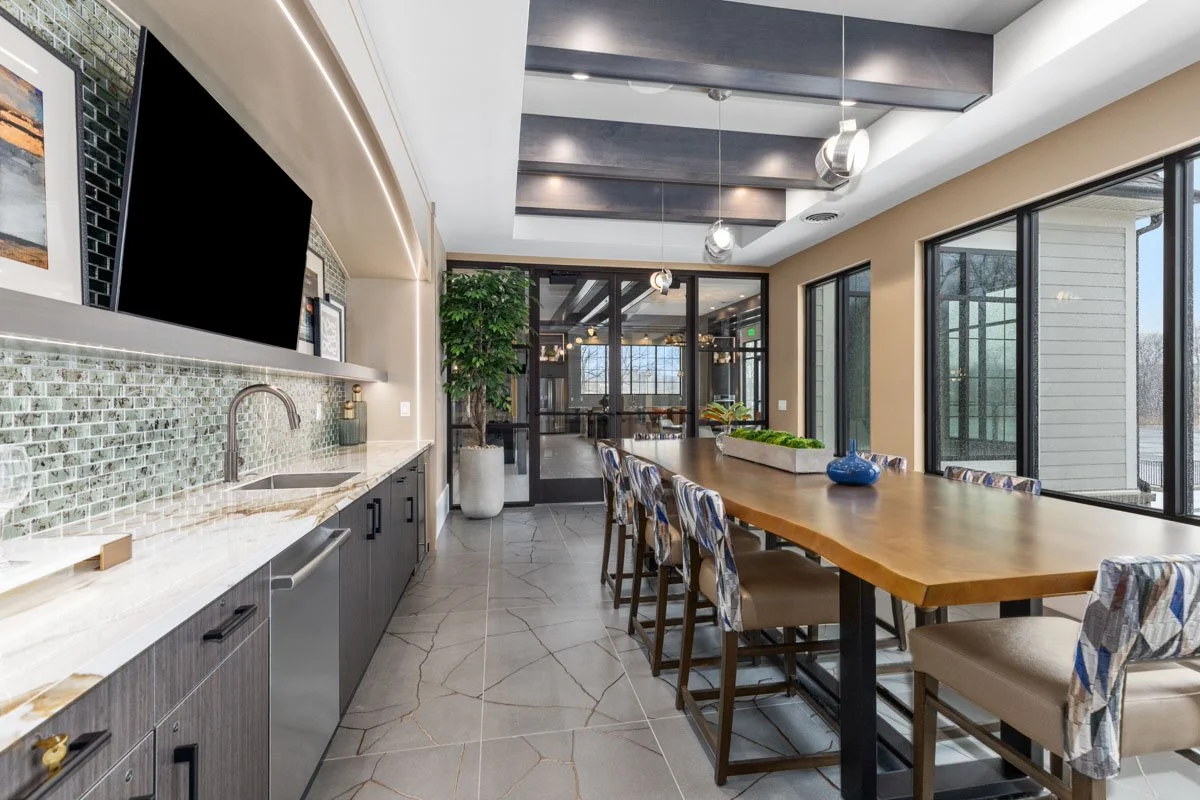

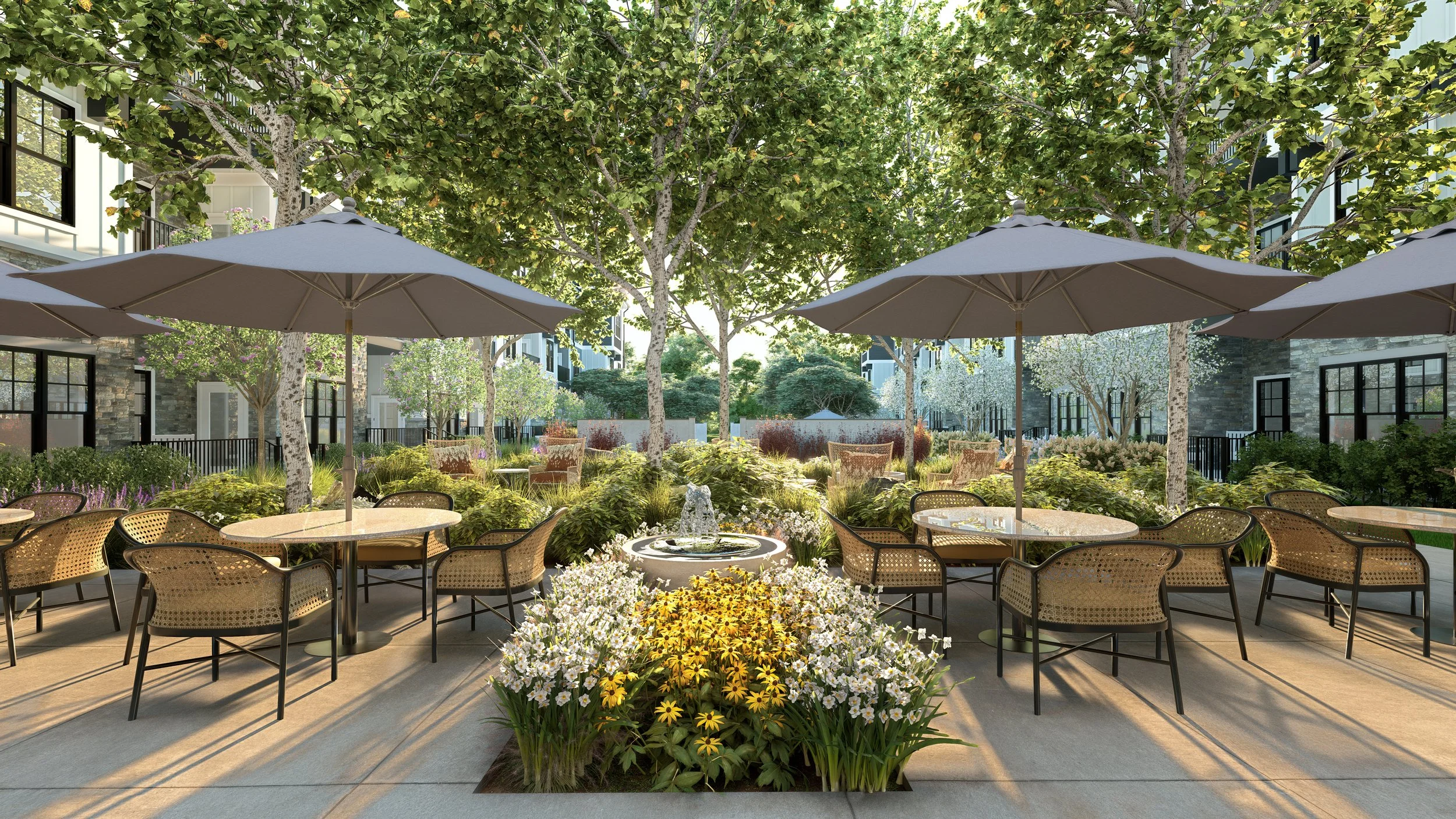



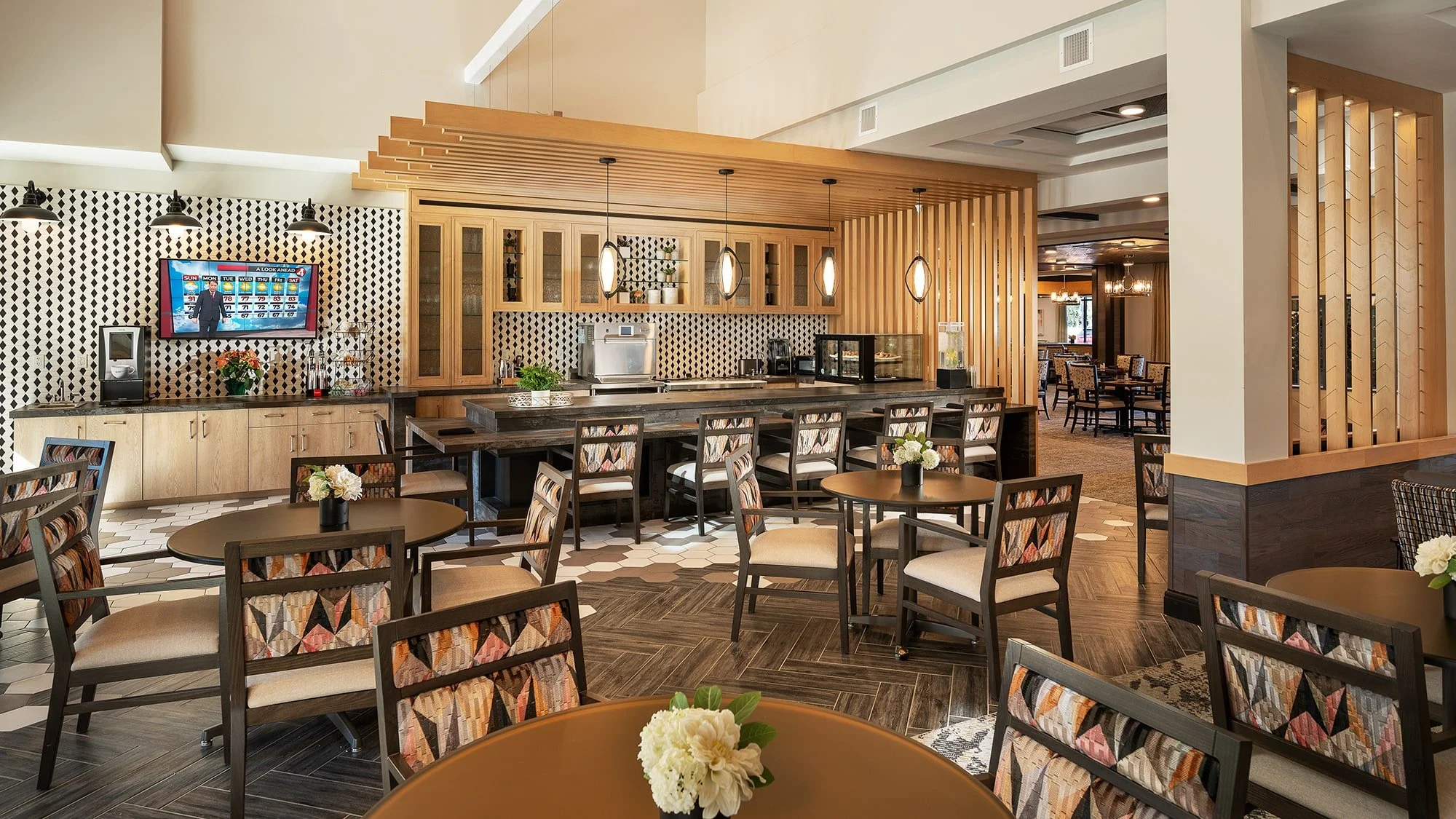
Balancing Affordability and Quality
One of the greatest challenges in senior living today is the growing middle-market demand. Many older adults want high-quality environments but at a cost that makes sense for their budgets. Developers and operators must rethink both new builds and repositioning older properties to deliver accessible yet aspirational spaces.
While many Boomers may have more home equity or retirement savings to invest in senior living, Gen X faces a different financial reality. Often referred to as the “sandwich generation,” many are balancing support for both children and aging parents, making affordability and flexibility even more important. Smart renovations—such as updating finishes, refreshing amenity spaces, and integrating energy-efficient systems—can transform aging communities into vibrant, market-ready environments without the price tag of ground-up construction.
Smart Technology That Empowers
Technology has become an expectation, not an option. Boomers and Gen Xers are comfortable with smart-home devices, telehealth, and digital platforms that help them stay connected and independent. For senior living design, this means integrating discreet, intuitive technology into the fabric of the community: circadian lighting that supports wellness, app-based event and dining reservations, and sensor-ready infrastructure for future innovations.
The difference is that Gen X will expect tech to feel seamless—everything from streaming-ready apartments to wearable health devices—whereas Boomers may prefer more staff-supported interfaces. Communities that embrace this dual approach will appeal to both generations while also easing operational demands for staff.
Whole-Person Wellness
Wellness is no longer a single amenity—it is the heartbeat of senior living design. Today’s residents expect a holistic approach that includes physical fitness, lifelong learning, social connection, and mental health support. Spaces such as yoga studios, culinary demonstration kitchens, outdoor walking loops, and meditation rooms directly align with this need.
Boomers are attracted to communities offering enrichment and engagement opportunities, while Gen X will prioritize convenience, flexibility, and self-directed wellness. Both, however, want environments that support aging well, not just living longer.
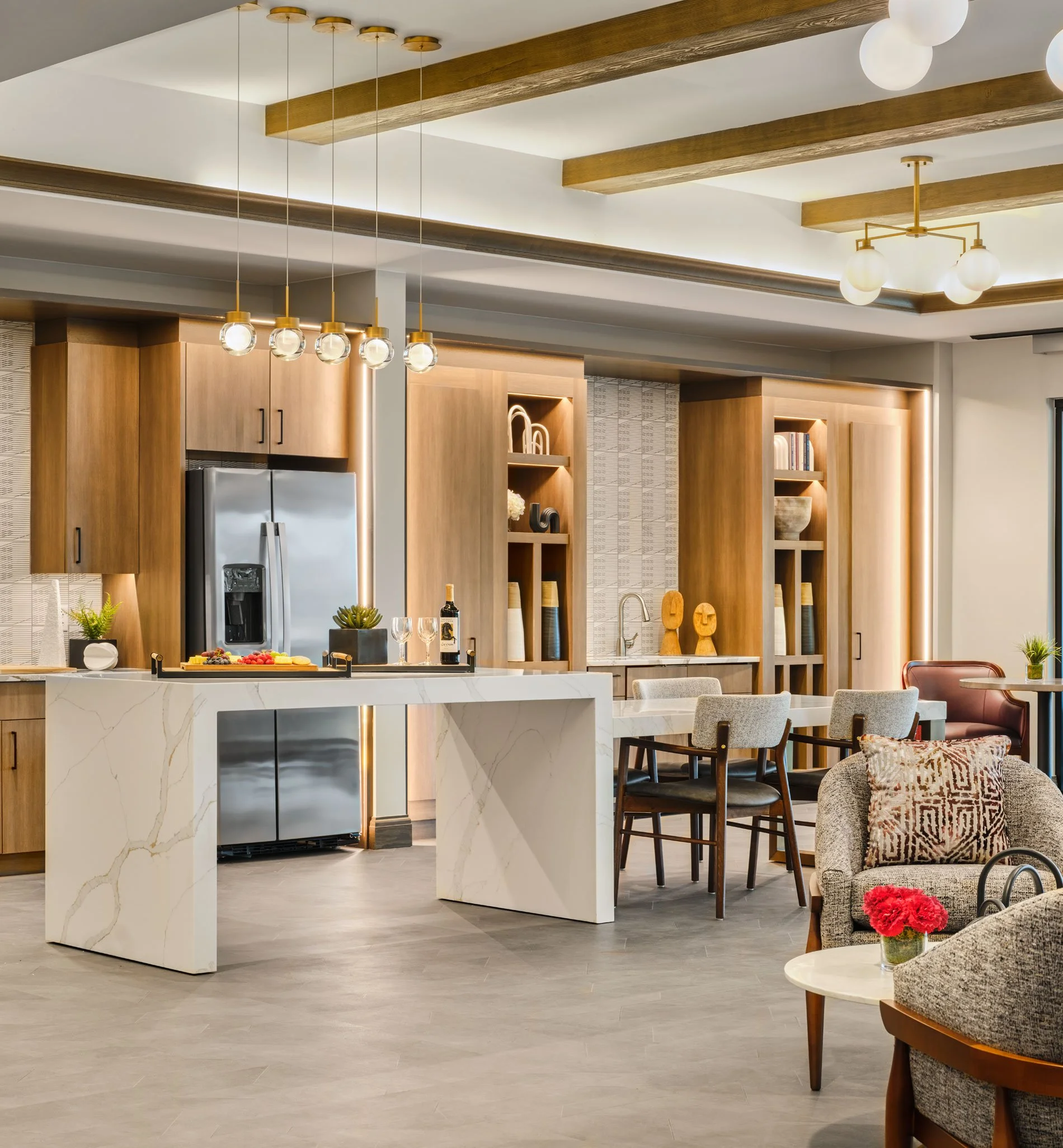
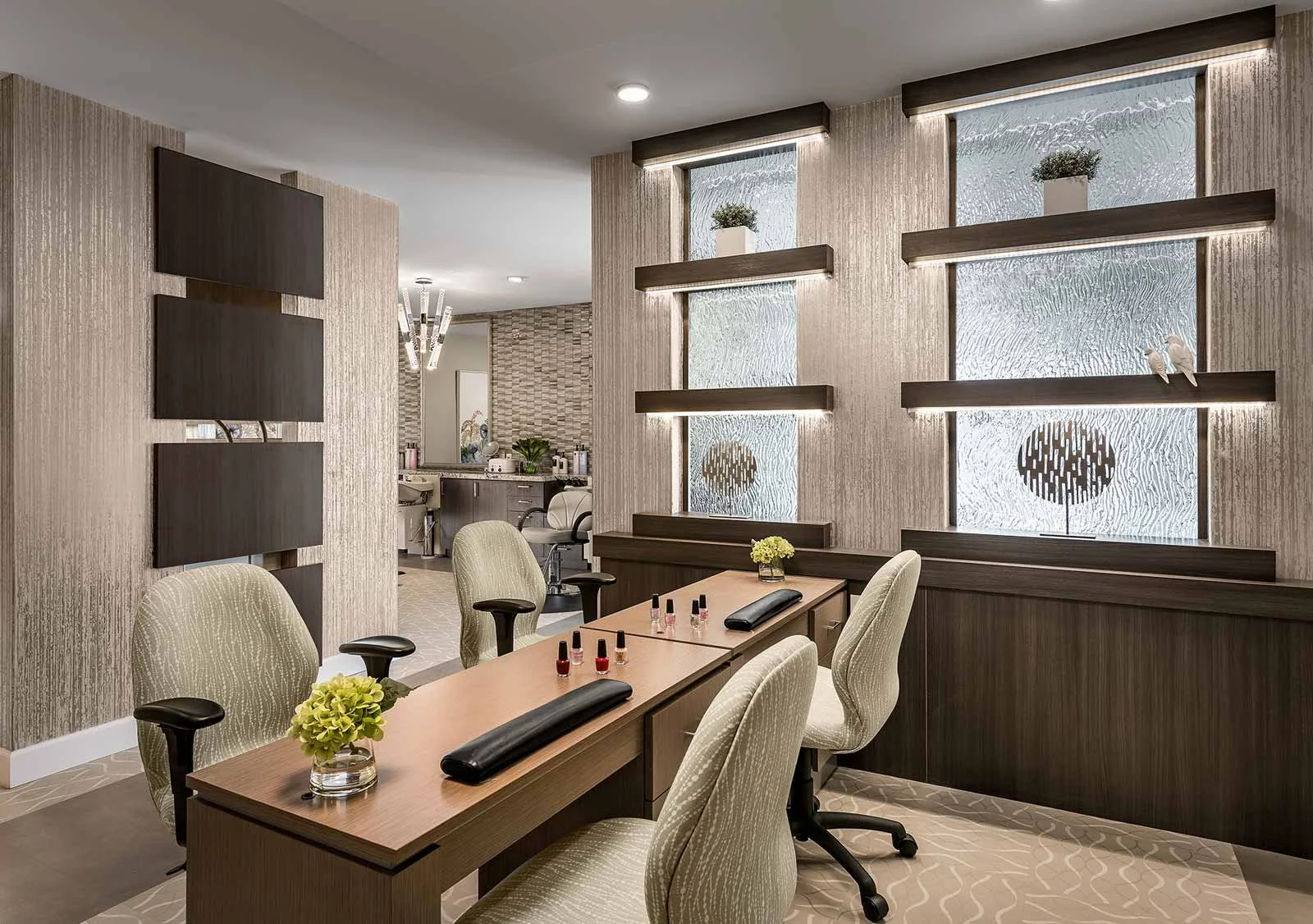

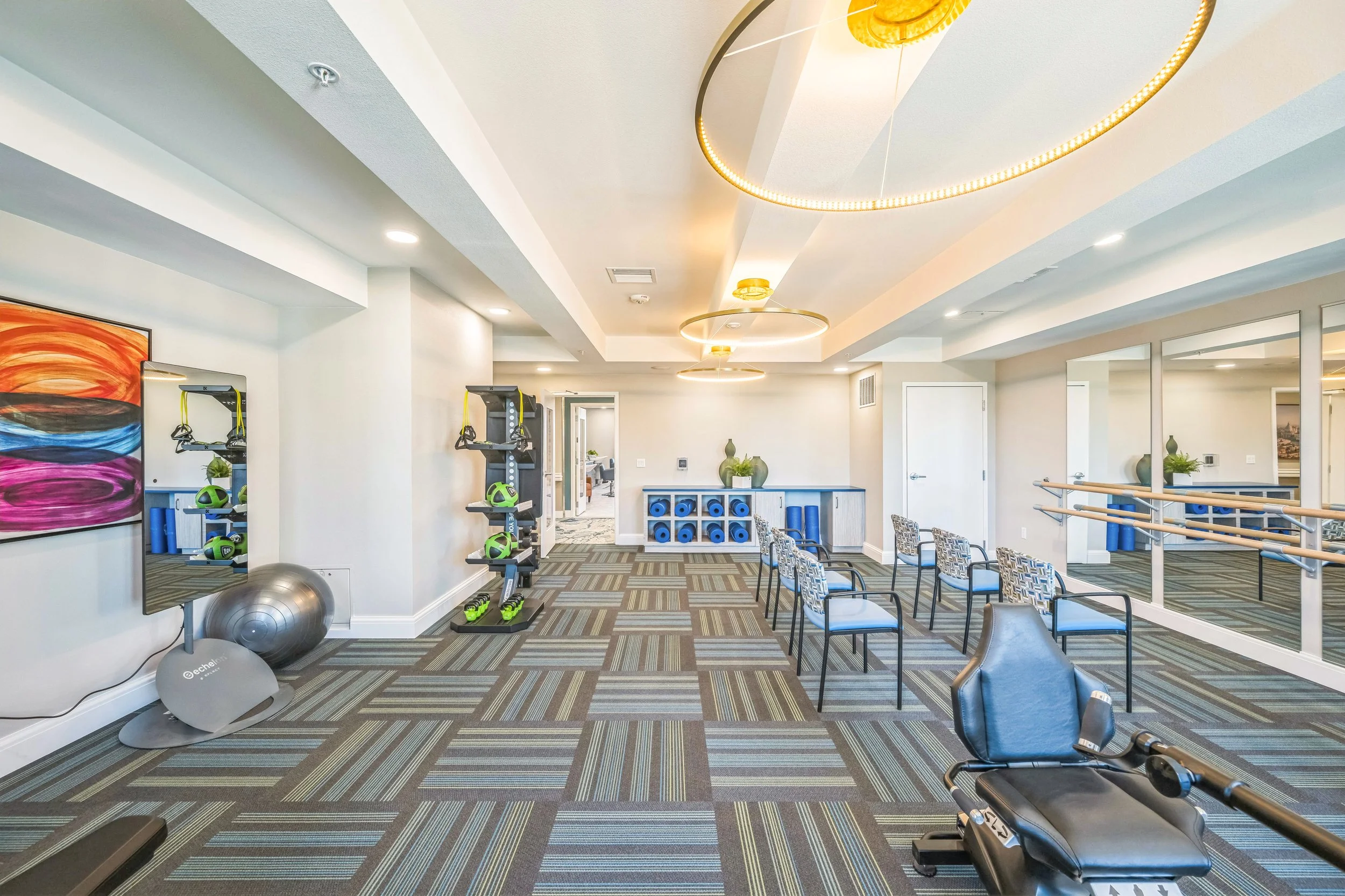

Designing for Connection
Perhaps most importantly, Boomers and Gen X want to feel part of something bigger. Intergenerational engagement, community integration, and opportunities for connection are top priorities. Boomers enjoy group activities and larger community gatherings, while Gen X tends to favor smaller clubs, niche interests, or blended intergenerational spaces. Whether it’s designing communities near walkable neighborhoods, incorporating public-facing amenities like cafés, or creating multipurpose rooms that bring people together, environments that foster connection will remain in demand.
Bridging Generations in Senior Living
A natural question arises: How can one community meet the needs of both Baby Boomers and Gen X? The answer lies in flexibility and adaptability. While Boomers are the primary residents today, Gen X is already shaping the industry in two critical ways: they are the adult children helping Boomers choose communities, and they are the next wave of residents themselves.
For communities, this dual influence means design and operations must deliver for both groups.
• For Boomers: vibrant, resort-inspired amenities, engaging programming, and purposeful social opportunities.
• For Gen X decision-makers: assurance of financial transparency, high-quality environments, modern design, and tech-enabled convenience.
Developers and operators can reconcile these needs by building multi-layered environments that evolve with residents:
• Flexible amenity spaces that serve as lively hubs now but can also adapt into smaller, niche-focused settings later.
• Technology infrastructure that supports staff-assisted features for Boomers while seamlessly accommodating Gen X’s digital-first expectations.
• Financial models that balance affordability with optional upgrades, appealing to cost-conscious Gen X while still serving Boomers’ willingness to invest in comfort.
Understanding Gen X today matters not because they’re moving in tomorrow, but because they’re already influencing the decision-making, expectations, and investments around senior living. Communities that address both generations will not only attract Boomers now but also remain relevant and competitive as Gen X begins to consider their own retirement years.
Moving Forward
Addressing the dual needs of Boomers and Gen X is more than a design challenge—it’s a strategic business decision. Communities that invest in flexibility, transparency, and future-focused amenities will not only appeal to today’s residents but also build long-term brand equity, market differentiation, and occupancy stability. For developers and operators, the ability to demonstrate adaptability across generations is what will keep communities resilient and profitable in a rapidly evolving market.
At Thoma-Holec Design, we specialize in creating senior living spaces that balance aesthetic excellence with operational functionality, ensuring every community we design is positioned for long-term success. By embracing the unique preferences of Baby Boomers and the emerging expectations of Gen X, we can help you create communities that attract, inspire, and endure.
